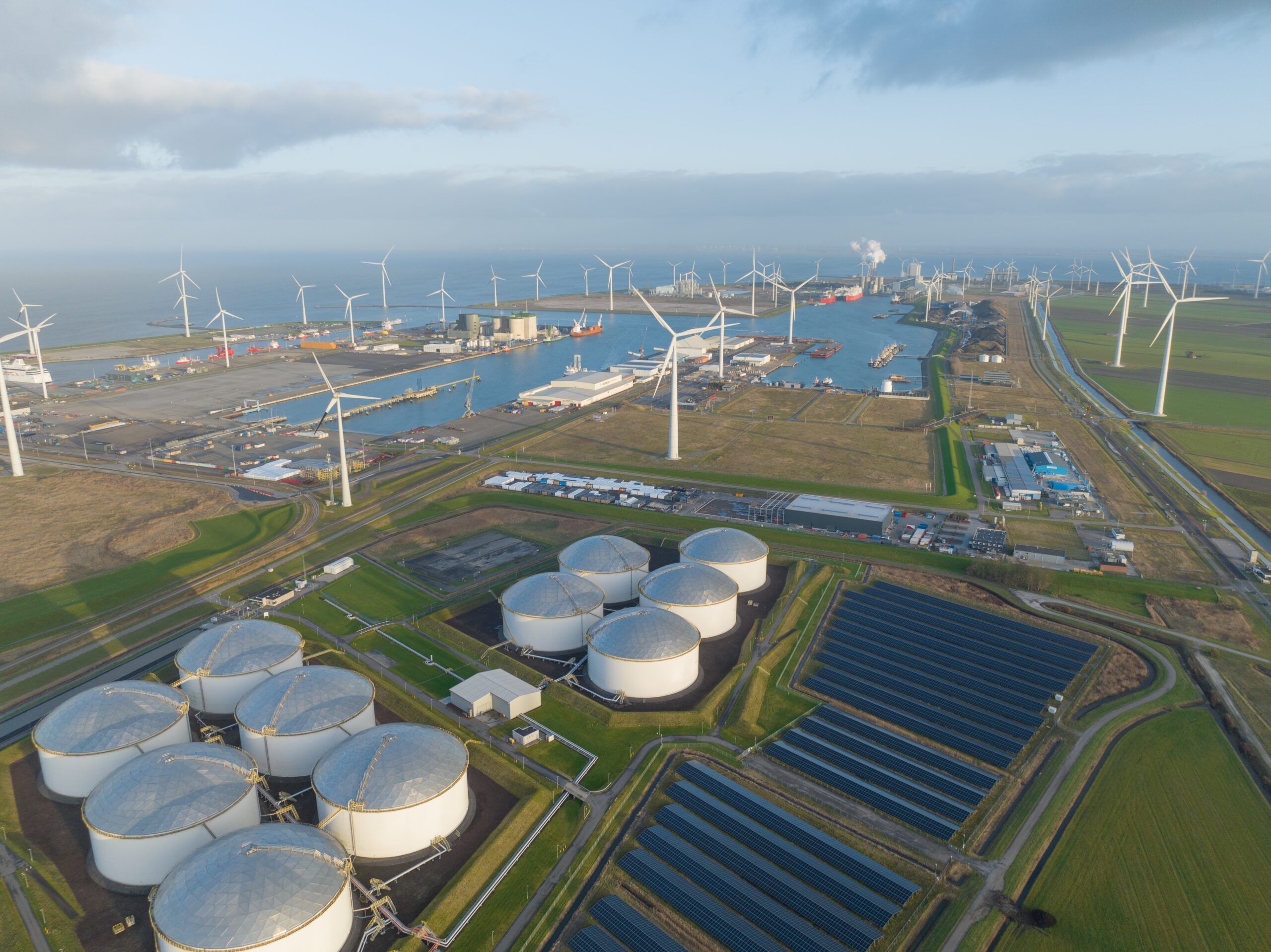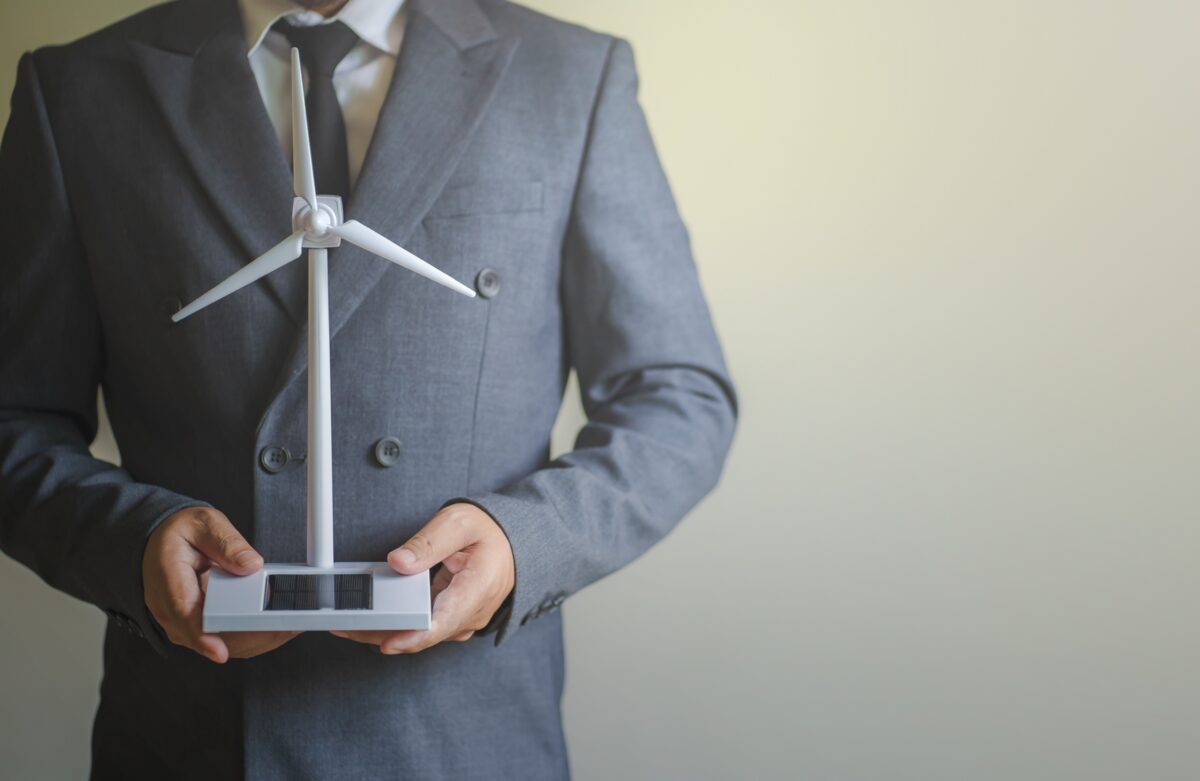Introduction
In today’s world, replacing fossil fuels is a critical issue, particularly in the context of global efforts to reduce carbon emissions and combat climate change. Renewable energy sources (RES) are central to this process, offering environmentally friendly and sustainable solutions to meet the world’s energy demands. Developed countries like Germany and the United States are achieving remarkable success in transitioning to RES, setting exemplary models and driving further innovation in this sector.
Germany and the United States are prime examples of how focused efforts and government support can lead to a significant reduction in dependence on fossil fuels. These countries actively invest in the development of wind, solar, and other renewable energy sources, demonstrating to the world that the transition to sustainable energy systems is not only possible but also economically viable.
In this article, we will examine the achievements of Germany and the United States in replacing fossil fuels with renewable energy sources. We will analyze their strategies, results, and key lessons learned.
Track Record of Success: Germany
Germany demonstrates significant success in transitioning to renewable energy sources (RES), as confirmed by data from 2023. RES provided 59.7% of the country’s electricity demand, marking an important milestone in reducing dependence on fossil fuels.
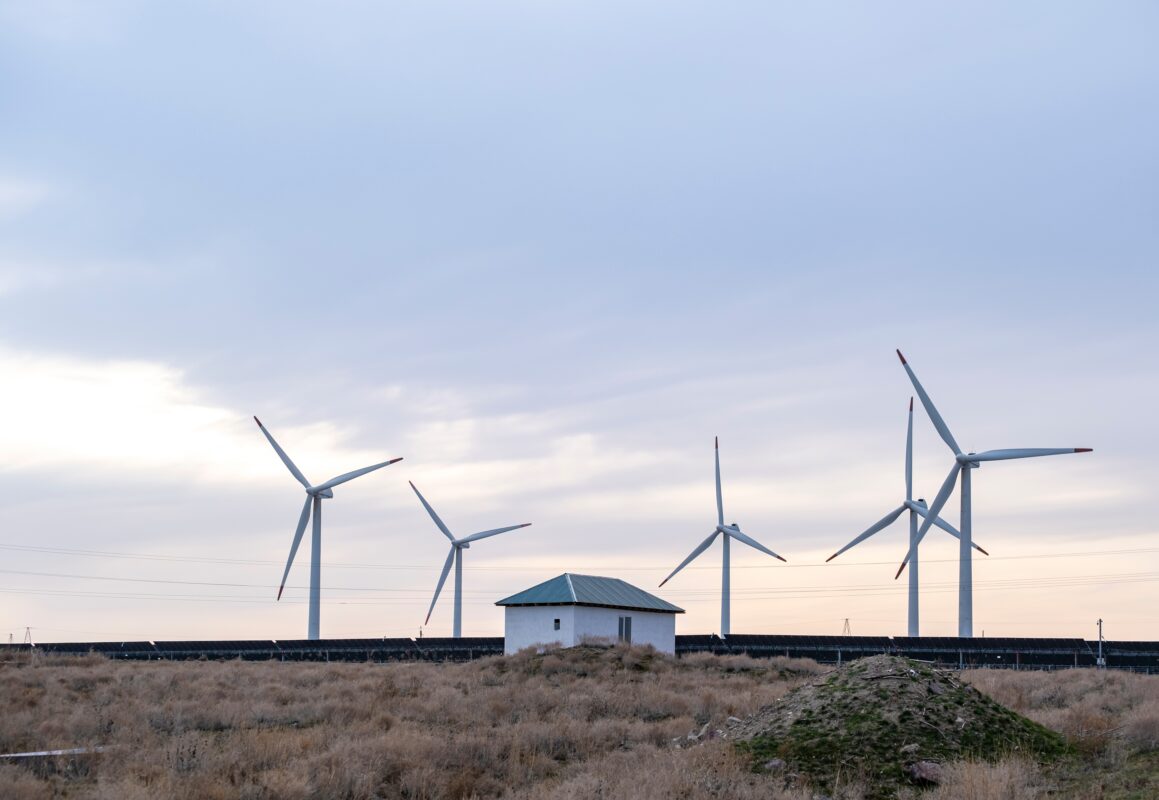
The major accomplishments include:
Wind energy:
Wind turbines in Germany generated 139.8 terawatt-hours of electricity, accounting for 32% of the total volume and 14% more compared to 2022.
This energy is produced both onshore and offshore, highlighting the flexibility and adaptability of wind energy technologies.
Solar energy:
Photovoltaic systems across Germany produced 59.9 terawatt-hours of electricity in 2023, with households consuming 6.4 terawatt-hours.
The nation shattered its solar installation goals, deploying a record 14 gigawatts of solar power capacity that far surpassed the 9-gigawatt target.
Hydropower:
Hydropower facilities bolstered the nation’s energy portfolio, generating 20.5 terawatt-hours of electricity, a 3 terawatt-hour increase from 2022 that underscored the consistent role of hydropower in the national energy balance.
Biomass:
Biomass energy production held steady at 42.3 terawatt-hours in 2023, remaining on par with the previous year’s figures.
In total, renewable energy sources generated around 260 terawatt-hours of electricity in 2023, marking a 7% increase over the previous year’s output.
Moreover, Germany drastically ramped up its battery storage capacity from 4.4 gigawatts in 2022 to 7.6 gigawatts in 2023, with storage levels surging from 6.5 gigawatt-hours to 11.2 gigawatt-hours. The nation’s pumped hydroelectric storage facilities provided 6 gigawatts of capacity as well, further aiding the integration of renewable energy sources into Germany’s power grid.
Moreover, Germany drastically ramped up its battery storage capacity from 4.4 gigawatts in 2022 to 7.6 gigawatts in 2023, with storage levels surging from 6.5 gigawatt-hours to 11.2 gigawatt-hours. Pumped hydroelectric facilities provided an additional 6 gigawatts of capacity, further bolstering the integration of renewable energy into the national power grid.
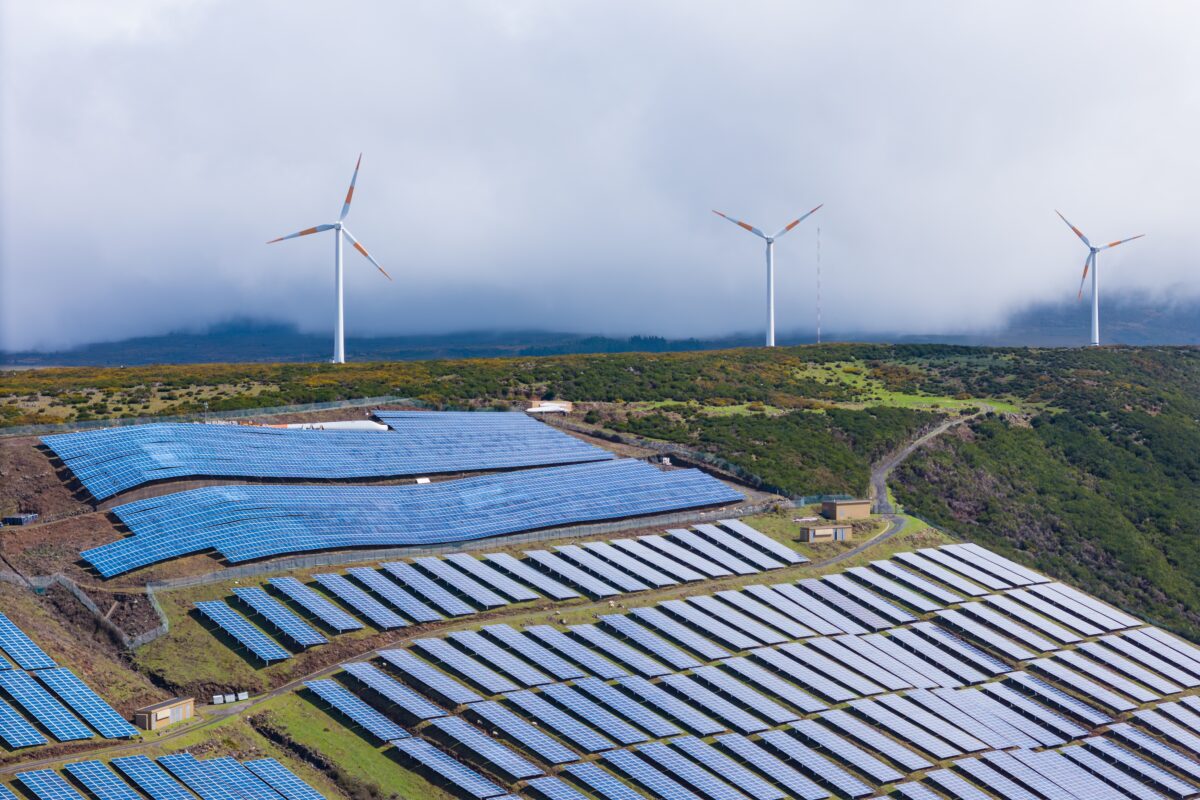
Robust government backing, encompassing subsidies, tax incentives, and favorable policies, have played a pivotal role in driving these successes. Sustained investments into research and development continue to spur innovation breakthroughs and enhance the efficiency of existing technologies.
Thus, Germany’s experience serves as a shining example of how a comprehensive and government-supported approach to developing renewable energy sources can dramatically alter the country’s energy landscape, making it more sustainable and eco-friendlier.
Germany’s experience serves as a shining example of how a comprehensive, government-backed approach to nurturing renewable energy can dramatically reshape a nation’s energy landscape, steering it towards greater sustainability and environmental responsibility.
Track Record of Success: the United States
The U.S. is making tremendous strides in renewable energy, aggressively phasing out fossil fuels. In 2024, over 60% of new electricity generation will come from renewables, primarily solar power. Last year, solar, wind, and hydroelectric collectively provided around 21% of the nation’s electricity supply, and that share is projected to surge to 24% by 2025.
The major accomplishments include:
Solar energy:
Solar generation is expected to increase its share by 41% in 2024 compared to 2023, with output growth exceeding 37 gigawatts.
By 2025, solar electricity production is forecast to surge 25%, surpassing hydropower’s contribution for the first time.
Wind energy:
Wind power will account for 19% of the increase in electricity generation in 2024.
Wind turbines are playing a pivotal role in replacing coal and natural gas plants, driving carbon emissions down.
Hydropower:
Hydropower will provide a 13% boost to electricity production in 2024.
Despite maintaining a steady share of the energy mix, hydropower is ceding ground to solar energy as the primary force driving the energy transition.
Policy and initiatives:
Federal and state support programs boost investment in renewable energy.
Leading tech companies like Microsoft are signing deals to develop renewable.
Strategic steps:
Ramping up renewable energy production stifles natural gas consumption growth.
The share of coal in the energy mix is expected to plummet from 17% in 2023 to 14% in 2025.
The U.S. continues to develop its renewable energy resources, slashing carbon emissions and advancing the long-term sustainability goals.
Comparative Analysis
While Germany and the United Sates are leading the charge in transitioning to renewable energy sources (RES), their approaches and results have diverged in notable ways.
Germany:
Leading renewable sources: The main energy sources include wind, solar and biomass. Wind power is particularly dominant, accounting for 32% of total electricity generation.
Achievements: In 2023, renewable energy sources met 59.7% of electricity demand. Installed battery storage capacity increased to 7.6 gigawatts, with storage levels reaching 11.2 gigawatt-hours.
Support and strategy: Germany actively promotes renewable energy growth through subsidy programs, tax incentives, and investments in research and development, thereby driving a stable increase in renewable energy.

The United States:
– Leading renewable sources: The focus is on ramping up solar and wind power. Wind energy is being aggressively deployed to displace coal and natural gas plants.
– Achievements: In 2024, solar will account for over 60% of new electricity generation. Overall renewable electricity production is projected to reach around 24% by 2025.
– Support and strategy: federal and state programs, along with investments from major tech companies, fuel the rapid expansion of renewable energy.
Common trends:
Both nations are aggressively phasing out fossil fuels, boosting the share of renewables in their energy mixes.
Investments in infrastructure, research, and technological innovation play a pivotal role in the successful integration of renewable energy.
Strong policy backing and a supportive regulatory landscape underpin their mutual success stories.
Diverging paths:
Germany leans more heavily on wind power, while the U.S. places significant emphasis on ramping up solar energy.
The U.S. is seeing a greater growth in private sector and technology company investments, which is accelerating the development of renewable energy.
These differences and similarities demonstrate that multiple paths can be successful in paving the way to a sustainable energy future.
The Role of Small Wind Power
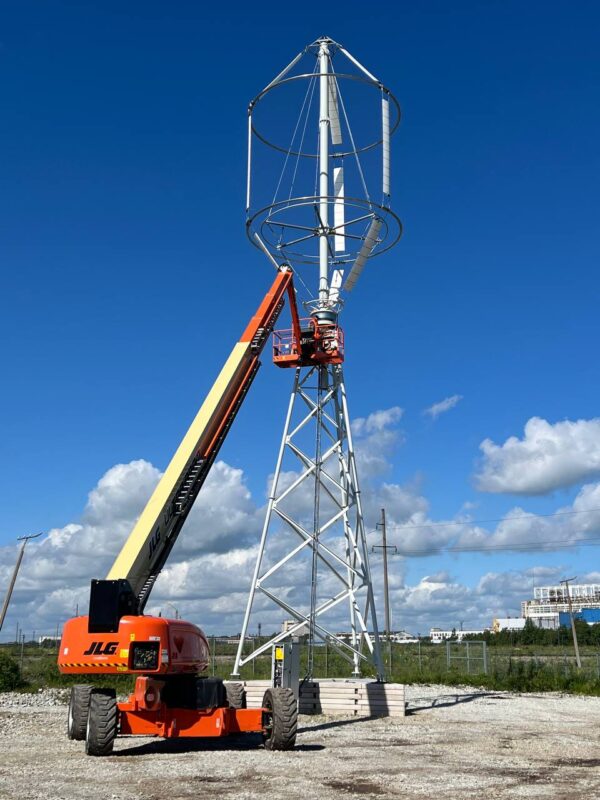
Small wind energy plays a crucial role in the global transition to renewable energy sources, particularly in the context of integrating renewable energy into remote and hard-to-reach areas. Compact and efficient small wind turbines provide reliable energy solutions, enabling small communities to generate their own power and reducing their reliance on centralized grids
Advantages of small wind energy:
– Adaptability and flexibility: Small wind installations can be effectively deployed across diverse climates and terrains, providing reliable power in locations where traditional energy systems fall short.
– Easy installation and maintenance: Technological advancements have made small wind turbines more accessible and easier to operate, reducing installation and maintenance costs.
Economic benefits: The adoption of small wind turbines drives job creation and boosts local economies, offering training and employment prospects in the renewable energy sector.
Showcases of success:
– Germany: In rural and suburban areas, small wind turbines are being widely used to promote energy independence and reduce energy costs.
– United States: In remote communities and on agricultural farms, small wind turbines play a crucial role in providing stable and environmentally friendly energy supply.
FREEN’s contributions:
FREEN spearheads the development and deployment of small wind power technologies, providing innovative solutions to meet the growing demand for renewable energy. FREEN-20 turbine, the company’s flagship product, boasts impressive efficiency and reliability, delivering consistent power even in low-wind conditions. By advancing sustainable energy systems, FREEN supports global efforts to transition to renewable energy sources and reduce greenhouse gas emissions.
Is Freen-20 right for your application? Contact us so we can review the wind potential in your area.
Conclusion
The energy transition toward renewable sources is a key element of the global sustainable development strategy. Germany and the United States are showcasing how concerted efforts and investments in renewable energy can pay major dividends in slashing fossil fuel reliance.
Germany, a leader in wind and solar power, continues to set the bar high for integrating renewable energy into its national grid. The United States is blazing a trail in renewable energy, with significant breakthroughs in solar and wind power, fueled by both government and private investments.
Small wind power plays a crucial role in this transition, providing sustainable and efficient solutions for energy supply in remote and hard-to-reach regions. Compact and cost-effective systems like the FREEN-20 help expand access to clean energy and boost local economies
FREEN is proud of its contribution to the development of small wind power, offering innovative and reliable solutions that help reduce carbon footprints and support global efforts to transition to renewable energy sources. Our technologies, including our flagship product FREEN-20, enable sustainable and stable energy supply, laying the foundation for a green and economically viable future.
Overcoming the challenges of transitioning renewable energy requires collaborative efforts and innovative approaches. FREEN continues to develop and support projects aimed at expanding the use of renewable energy sources, thereby contributing to the creation of a cleaner and more sustainable world for future generations.


